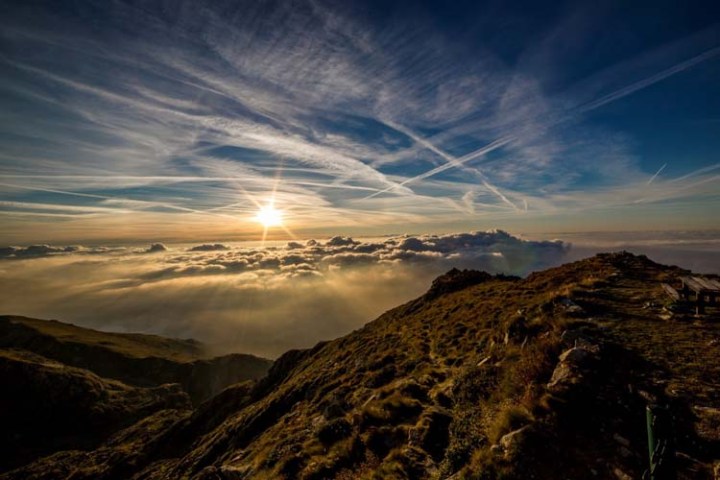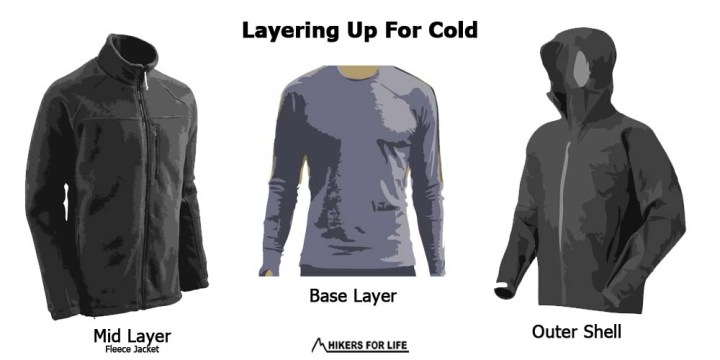
sun out
The weather in Singapore and Peninsular Malaysia is hot and humid all year round. The highest peak in Peninsular Malaysia is Gunung Tahan, which is less than 2,200 meters tall. The temperature on the mountains at night hardly drops below 20 degrees celsius which simplifies the preparation one need when you camp overnight. Just bring along a jacket and track pants and you most likely be fine.
If you are venturing beyond Singapore or Peninsular Malaysia, the conditions for camping overnight elsewhere are somewhat different. Take for example our neighbouring country like Indonesia. Indonesia like us also lies near the equator and do not have seasonal weather. However, they have mountain peaks above 3,000 meter, which basically changes the equipment you need to sufficiently stay warm while camping on the mountains at night.
When I first started planning to venture beyond Malaysia for hiking, I was inexperienced and got confused about what equipment I need to sufficiently stay warm. So here is a simple guide:
We classify our warm clothing into three categories, each serving a slightly different purpose. We call them the Base layer, Mid layer and Outer Shell/Layer.

Three Layering Technique
Base Layer
Base layer is the clothing you wear closest to your skin. In layman terms, we call them the long John or thermal wear. However, there is a slight difference between a hiking optimised base layer and your normal long john. Although both serve the same purpose of trapping body heat to provide warm, a hiking optimised Base layer is made from breathable quick dry materials. What this will do is to move sweat away from your skin to the outside. Moisture on the skin will reduce the effectiveness of body heat trapping thus, leaving you feeling chilled.
To save money, I only have 1 set of hiking optimised based layer which I wear for hiking. At night, since I won’t be perspiring, I wear a normal long john/thermal wear to sleep.
Mid Layer
Mid layer is the insulation layer, which you wear after putting on your shirt. This is usually a fleece jacket, synthetic insulated jacket or down jacket. Its purpose is to: 1. Stop body heat which has “escape” from the base layer from “going out further” and, 2. Prevent the outside cold from “coming in”. You can wear additional mid layers if a single jacket is not sufficient. Bring a suitable mid layer for your needs and strike a balance between practicality, weight and bulk. Mid layers tend to get thicker, heavier and bulkier for jackets rated for colder temperature and you do not want to carry additional bulk and weight which you do not need.
Outer Shell
Outer Shell is the last layer and its purpose is for weather protection. It not just the low temperature which makes the body feel cold. Wind chill and rain will make a bearable environment (say 18 degrees) feels extremely cold. The outer shell layer is to block these elements from reaching you. While hiking in good weather conditions (light wind and no rain), i put my outer shell in my daypack and have them on standby to be taken out if the weather turns bad. This give me a good balance between keeping warm and adjusting quickly to weather conditions.
Others
Not forgetting other essentials like socks, gloves, beanie and heat packs. These are some other items which i will pack along as well.

